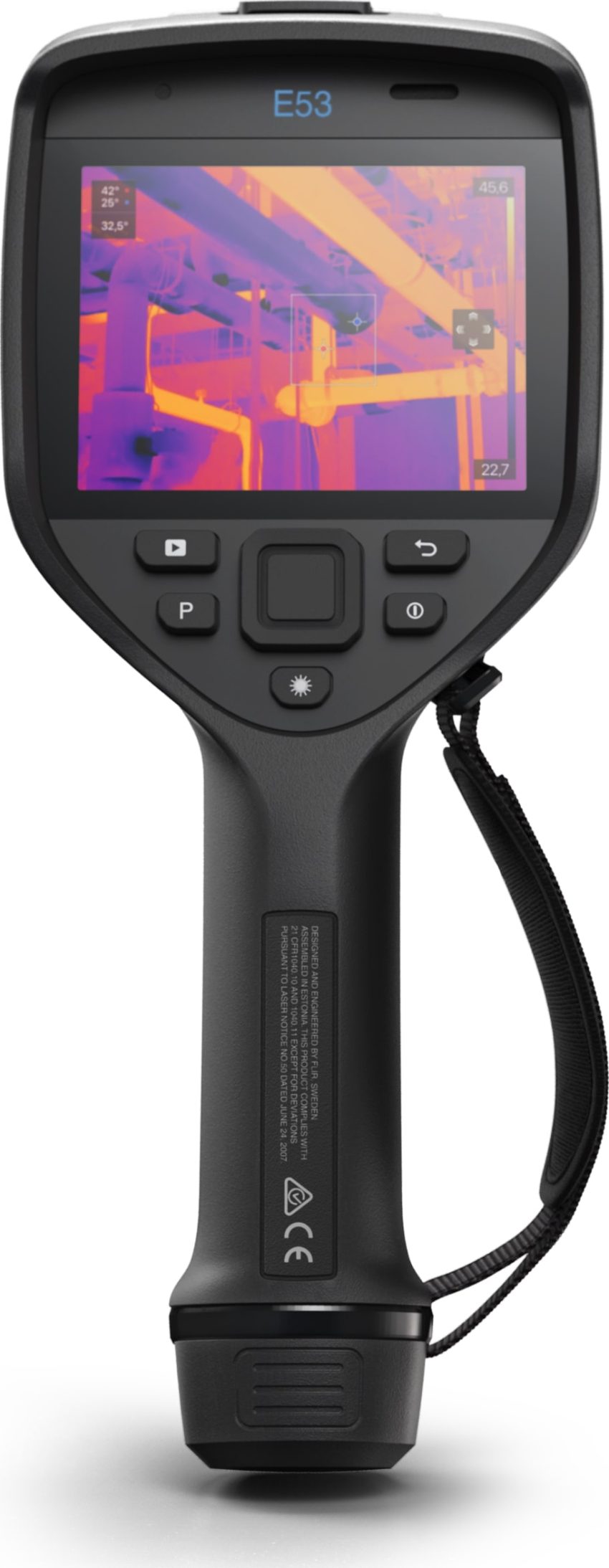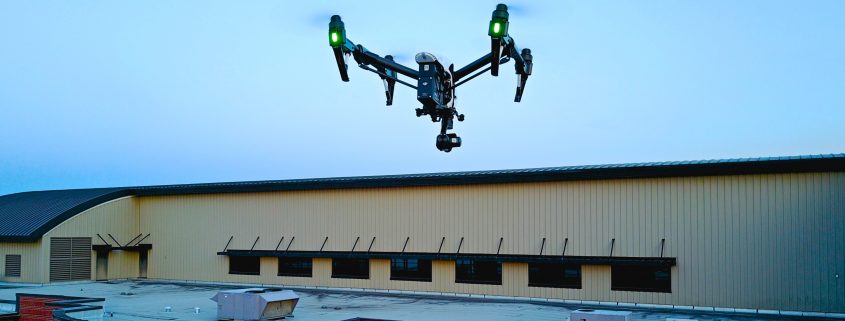In an ever-evolving world of technology, FLIR thermal cameras have emerged as indispensable tools in various sectors. These advanced imaging devices utilize infrared radiation to create images based on heat rather than visible light, offering a myriad of applications that were once inconceivable.
An Overview of FLIR Thermal Cameras
From industrial inspections to firefighting, FLIR thermal cameras provide unparalleled insights. Here’s a deep dive into what makes these devices so revolutionary:
How FLIR Thermal Imaging Works
FLIR, an acronym for Forward-Looking Infrared, employs sensors that detect infrared radiation emitted by objects. This information is then converted into an image that visually represents temperature variations, highlighting hot and cool zones. Remarkably, these cameras can function in complete darkness, smoky conditions, and through semi-opaque materials like fog.
Key Features of FLIR Thermal Cameras
- High Resolution: FLIR cameras offer excellent image clarity, crucial for detailed analyses.
- Temperature Range: These cameras can detect from sub-zero temperatures to extreme heat.
- Portability: Models range from handheld units to fixed mounts, catering to diverse needs.
- Durability: Built to withstand harsh environments, making them ideal for industrial and outdoor use.
Applications of FLIR Thermal Cameras
Industrial Inspections
Manufacturers and engineers rely on FLIR thermal cameras for preventive maintenance. By identifying overheating components or electrical faults, these cameras aid in averting potential failures, thus saving time and resources.
Firefighting
Fire service professionals utilize thermal cameras to locate individuals through smoke, identify hotspots, and navigate through dark environments. This technology significantly enhances rescue operations and firefighter safety.
Building Inspections
Thermographic cameras are widely used in building inspections to detect moisture intrusion, insulation deficiencies, and electrical issues. Houses and commercial buildings undergo rigorous checks to ensure structural integrity and energy efficiency.
Medical Imaging
In the medical field, thermal imaging aids in detecting abnormalities such as inflammation, circulatory issues, and even certain infections. Though not a replacement for traditional diagnostic methods, it serves as an invaluable non-invasive tool.
Read more about flir thermography camera here.
FAQs About FLIR Thermal Cameras
- How do FLIR thermal cameras improve safety?
- They allow for non-contact temperature measurement, reducing the risk of burns or exposure to hazardous environments.
- Are FLIR cameras usable in daylight?
- Yes, they operate effectively under various lighting conditions, including broad daylight and total darkness.
- Can thermal cameras see through walls?
- No, thermal cameras cannot see through walls but can detect temperature variations on surfaces.
- What industries benefit the most from FLIR thermal cameras?
- Industries such as electrical engineering, firefighting, construction, medical, and research benefit extensively from thermal imaging technology.
In conclusion, FLIR thermal cameras have drastically transformed multiple fields by offering enhanced visual perception through heat detection. With ongoing advancements, the potential applications of thermal imaging continue to expand, making it a cornerstone of modern technology.



